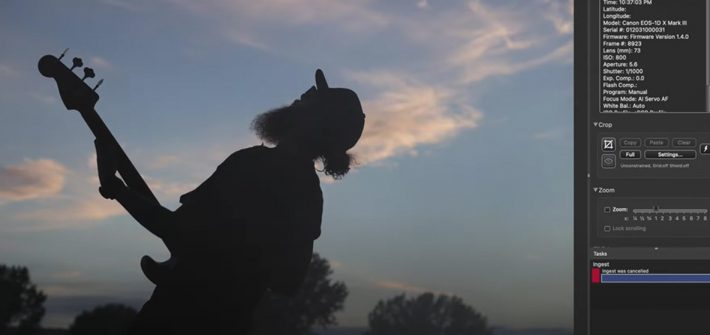Adobe Photoshop and Lightroom are tremendously deep editing suites that have been developed over so many years, it’s hard to keep track of all the features. Here are some of the lesser-known tools courtesy of Adobe themselves.
![]()

25 years ago, Sony unveiled the DSC-F1, a 0.3-megapixel digital stills camera with a rotating lens. Check out this piece of photographic history as Gordon Laing takes it on a quick tour of Brighton.
![]()

Depending on what genre you shoot in, you can often come home with literally thousands of images from a shoot, and culling them can be a tremendously tedious and annoying process. While you can cull in Lightroom, it is not always the fastest, particularly when it comes to rendering previews. Photo Mechanic is built with one purpose: to make culling large image sets and adding necessary info as efficient as possible. This excellent video tutorial will show you everything you need to get the most out of it.
![]()
Mobile phones have been hauling gains in usability for photography and videography year on year. It’s comfortably to the point where a cutting-edge smartphone in the right hands can create images — particularly those that do not require a narrow depth of field — that is indistinguishable from interchangeable lens cameras.
![]()

If you’ve ever thought about getting into astrophotography, you may have been dissuaded by the task of correctly processing your own images. There are countless guides online using a variety of programs, but they are either expensive and difficult to use, or are only available for a single operating system.

Perhaps some of the biggest dealbreakers for images are sharpness, resolution, and noise. No one likes a blurry low-res ISO 25,600 file. Yet, sometimes the client picks the worst possible file that is the definition of poor image quality. Luckily, Topaz Labs have developed AI-enabled software which lets you save your portraits. Act fast and take advantage of their Cyber Monday prices.